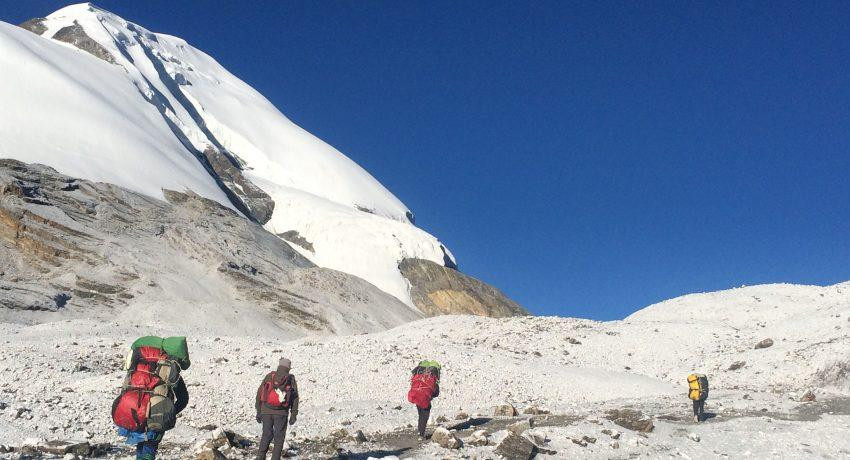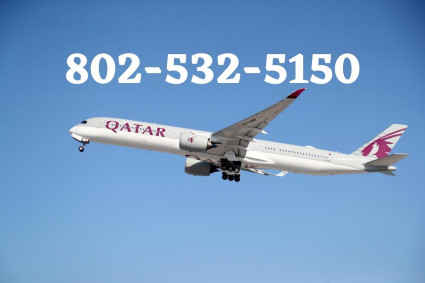
The Annapurna Circuit Trek is a legendary journey that takes trekkers on an unforgettable adventure through some of the world's most breathtaking landscapes. Nestled in the stunning Annapurna region of Nepal, the **Annapurna Circuit Trek** offers a thrilling experience, combining awe-inspiring mountain vistas, diverse terrain, charming villages, and encounters with the warm-hearted locals. This comprehensive guide will provide you with all the essential information you need to plan your Annapurna Circuit Trek, including a trekking guide, porter facilities, cost, transportation options, itineraries, the best time to visit, and other valuable insights for aspiring trekkers.
**Annapurna Circuit Trek: An Overview of the Adventure Ahead**
The Annapurna Circuit Trek is one of the most celebrated and iconic treks in Nepal. Spanning a distance of approximately 160 to 230 kilometers (100 to 145 miles), the trek circumnavigates the Annapurna Massif, offering an unparalleled journey through a diverse range of landscapes, including lush forests, terraced fields, dramatic valleys, and high mountain passes.
The trek starts from the town of Besisahar and gradually ascends through picturesque villages, including Chame, Manang, and Pisang. As trekkers ascend to higher altitudes, they will reach the famous Thorong La Pass at an elevation of 5,416 meters (17,769 feet) - the highest point of the trek. From the pass, the trail descends to the sacred Muktinath Temple and continues through the beautiful Kagbeni village. The circuit concludes in Jomsom, from where trekkers can either fly back to Pokhara or extend their journey to Upper Mustang or other destinations.
**Porter and Guide Facilities**
Porters and guides play an essential role in making the Annapurna Circuit Trek a memorable and enjoyable experience. Porters are an invaluable asset, shouldering the load of trekkers' heavy backpacks, allowing them to trek more comfortably and enjoy the scenic beauty without excessive strain.
Experienced trekking guides provide valuable insights into the local culture, traditions, and the unique features of the trail. Their knowledge of the terrain, weather patterns, and safety protocols ensures trekkers have a safe and enjoyable journey. Additionally, guides can offer assistance with acclimatization, which is crucial at higher altitudes to prevent altitude-related health issues.
When planning your Annapurna Circuit Trek, consider hiring a reputable local trekking agency that provides experienced guides and porter facilities. This way, you can focus on immersing yourself in the stunning landscapes and local culture, knowing that you have a skilled support team to accompany you.
**Cost of Annapurna Circuit Trek**
The cost of the Annapurna Circuit Trek can vary based on several factors, including the duration of the trek, the level of service provided, the size of the trekking group, and the inclusions chosen. The cost typically covers permits, accommodation, meals, guide and porter services, transportation, and other logistical arrangements.
On average, the cost of the Annapurna Circuit Trek ranges from $800 to $1500 per person. However, this cost may be influenced by additional expenses, such as international flights to Nepal, travel insurance, personal expenses, tips, and optional activities during the trek.
While seeking budget-friendly options might be tempting, it's essential to prioritize safety, comfort, and the overall quality of the trek. Opting for a reputable trekking agency with experienced guides and proper equipment ensures a more enriching and fulfilling trekking experience.
**Permits and Regulations**
Before embarking on the Annapurna Circuit Trek, trekkers need to obtain the necessary permits from the Nepalese authorities. The primary permits required for the trek are:
1. **Annapurna Conservation Area Permit (ACAP)**: This permit is mandatory as the trek passes through the Annapurna Conservation Area. The permit fee contributes to the conservation and preservation of the region's biodiversity.
2. **Trekkers' Information Management System (TIMS) Card**: The TIMS card is issued to record trekkers' details and ensure their safety during the trek.
It's essential to comply with all trekking regulations and guidelines set by the authorities to ensure a safe and responsible trekking experience while respecting the natural and cultural heritage of the region.





